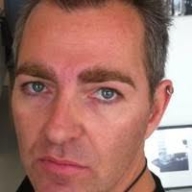Museum MORE in the rural Achterhoek adds something to the Dutch museum landscape. In an environment where art is sparsely on display, it is spread over two villages but also specializes in a movement that has long been ignored: realism. If that is not enough reason to travel to Gelderland, there is always the world’s largest collection of works by Carel Willink.
Realism has long been in disrepute after the Second World War. It was the favourite style of the Nazis, who had disqualified most avant-garde art as entartet (degenerate). State art in the Third Reich was faithful to visible reality, which was put on canvas or carved out of stone in an artisanal manner. There was no room for that after 1945.
Even in the painter-mad Netherlands, where experts can’t get enough of the ‘superior textural expression’ in seventeenth-century works, lifelike reproduction has long enjoyed scant appreciation from museum professionals. At exhibitions by fine painter Henk Helmantel or hyperrealist Tjaf Sparnaay, the public marvelled at the Old Master-style still-life paintings or ‘lifelike’ fried eggs, but reviewers used qualifications such as ‘regressive’ and ‘flat’. Most museums therefore simply ignored realism. Until about twenty years ago.
Revaluation thanks to former policeman
The turnaround in valuation is not due to a revolution within the institutional bastions but largely to a single person. Dirk Scheringa, the former policeman who founded a bank that made him a lot of money, did not solely manifest himself as a sports enthusiast. In addition to being chairman of football club AZ and sponsor of a marathon skating team, he was also a fixture at art fairs.
Invariably dressed in a dark blue suit and donning socks made of goat wool, he positioned himself here just like he did in the financial world, as an outsider who does things slightly differently. He bought the realistic art that others snubbed. He exhibited the DS Art Collection that he built up in a relatively short time in a former domestic science school in the North Holland village of Spanbroek, which he had renamed the Scheringa Museum.
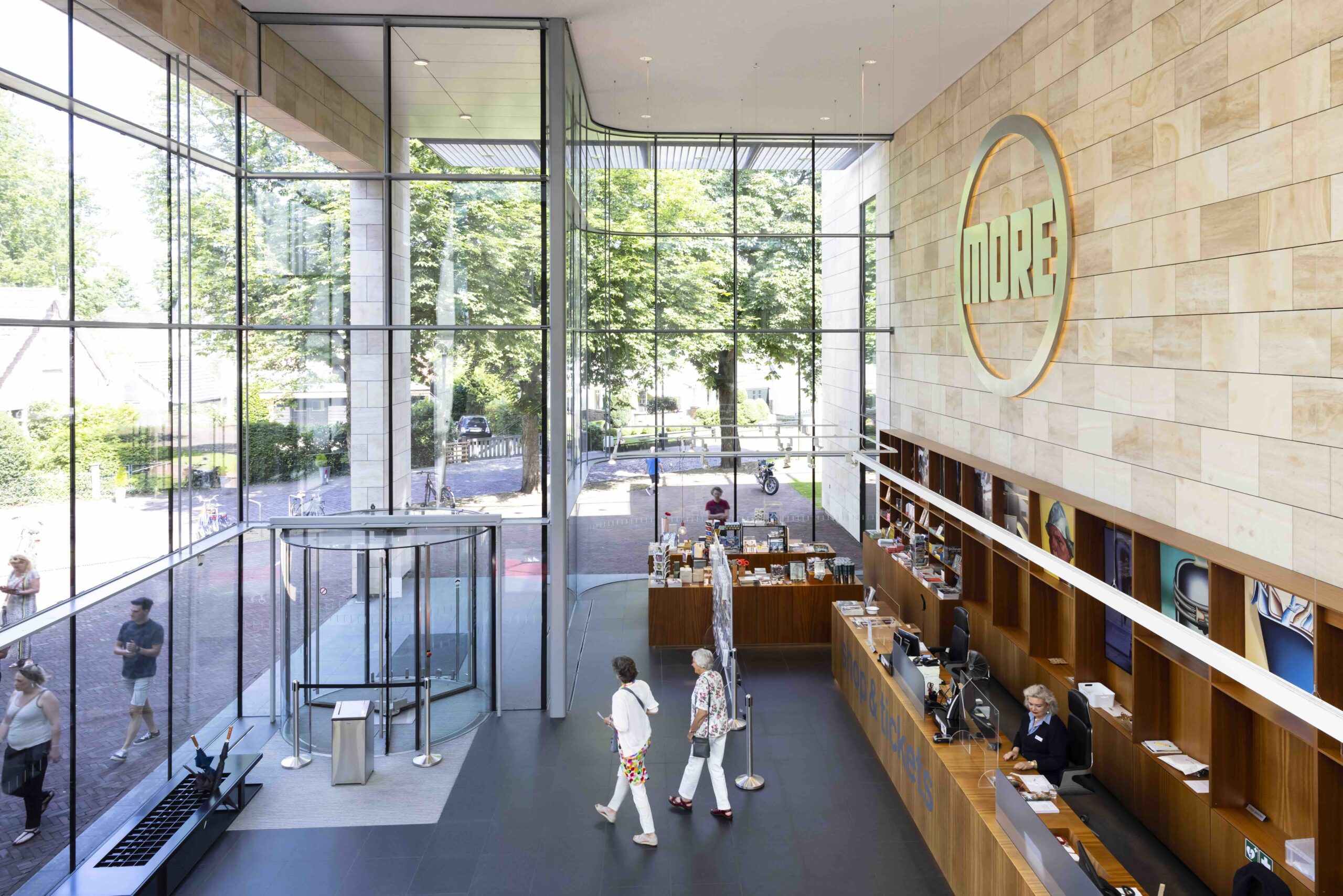 Museum MORE in Gorssel
Museum MORE in Gorssel© Eva Broekema
The construction of a full-fledged museum building, with neoclassical columns of Speersian allure, was already halfway completed when Scheringa’s DSB Bank was hit amidships by a scandal involving extortionate mortgage policies in 2009. The enterprise went bankrupt and to pay off the debts, the owner also had to sell his art collection. Hans Melchers jumped at the chance to take over. This businessman from Arnhem, who had earned his money in the chemical industry, regarded the collection as a beautiful basis for his own museum, MORE in Gorssel in Gelderland.
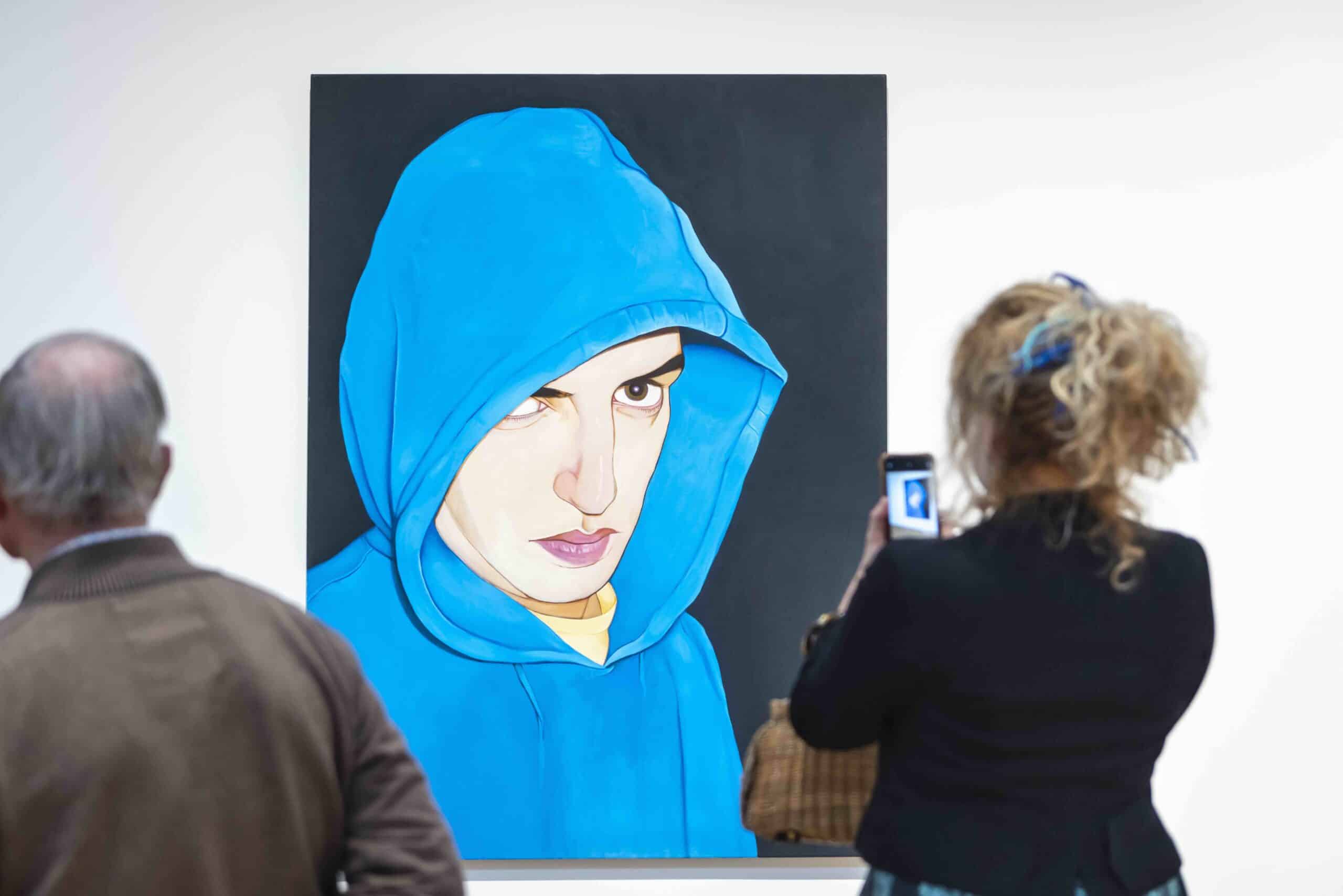
© Rachelle Stoffels
The first director was Ype Koopmans, who had previously worked for nineteen years at Museum Arnhem, which is known for its collection of realistic art from the interbellum period. Since the opening was planned to pretty much coincide with the completion of the new building, he had to put together his first exhibition entirely based on models. The name he gave it was Sharp Eye. Tradition and individuality in the collection of Museum MORE. Koopmans had modest expectations and confided to the magazine MuseumVisie
that he would consider himself lucky with fifty thousand visitors in the first year. That figure was doubled – despite the museum’s peripheral location, far away from the traditional art audience from the central-western Randstad conurbation.
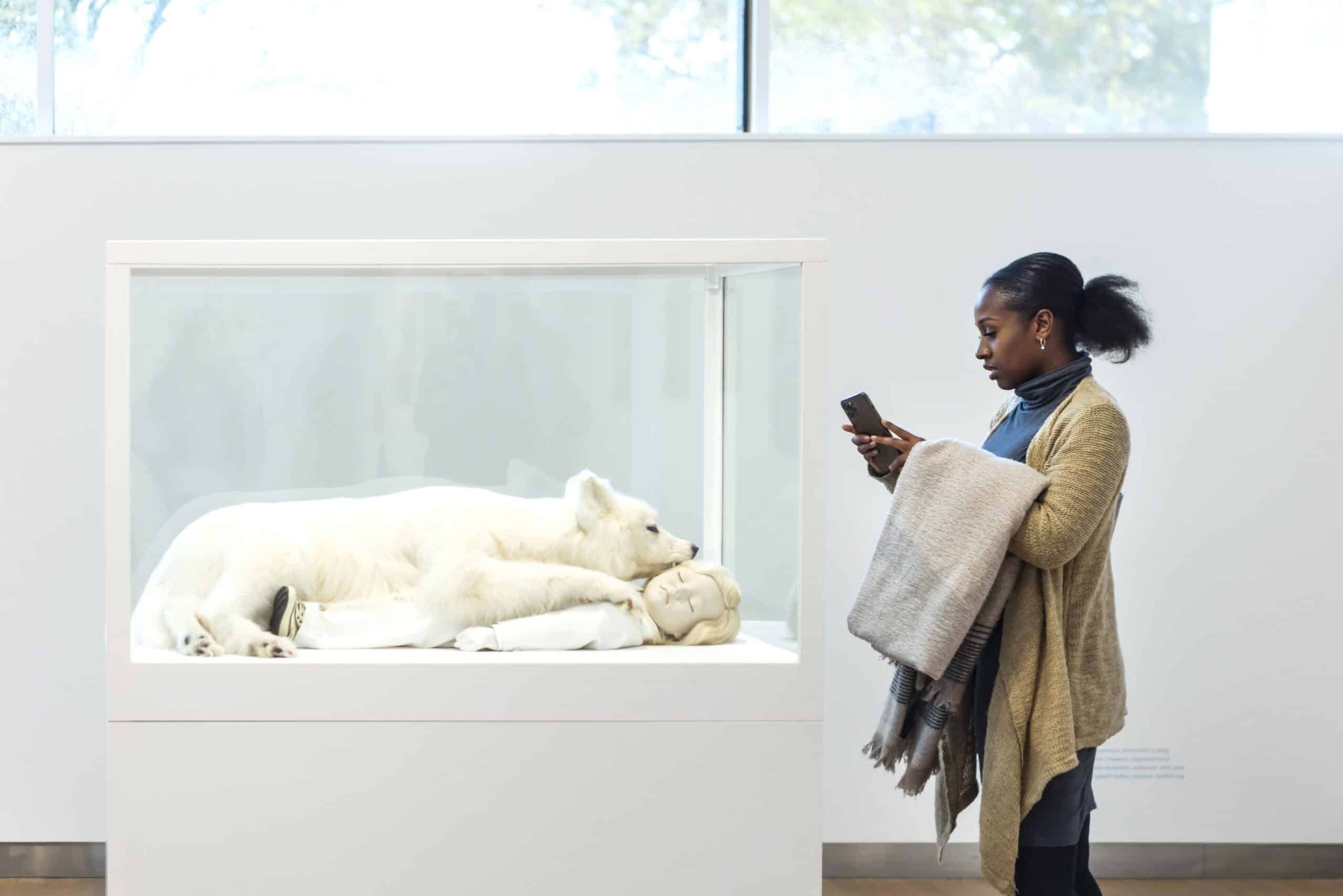
© Rachelle Stoffels
Large complex in natural surroundings
However, the proximity of Arnhem and Zutphen, not to mention the Kröller-Müller Museum makes up for a great deal. And the small-scale setting is seen by many visitors as an asset: compact, well-organised and more laidback. The fact that the ‘largest Dutch museum for modern realism’, as MORE proudly presents itself nowadays, is not some monolithic juggernaut among the farms and village houses, is thanks to Hans van Heeswijk.
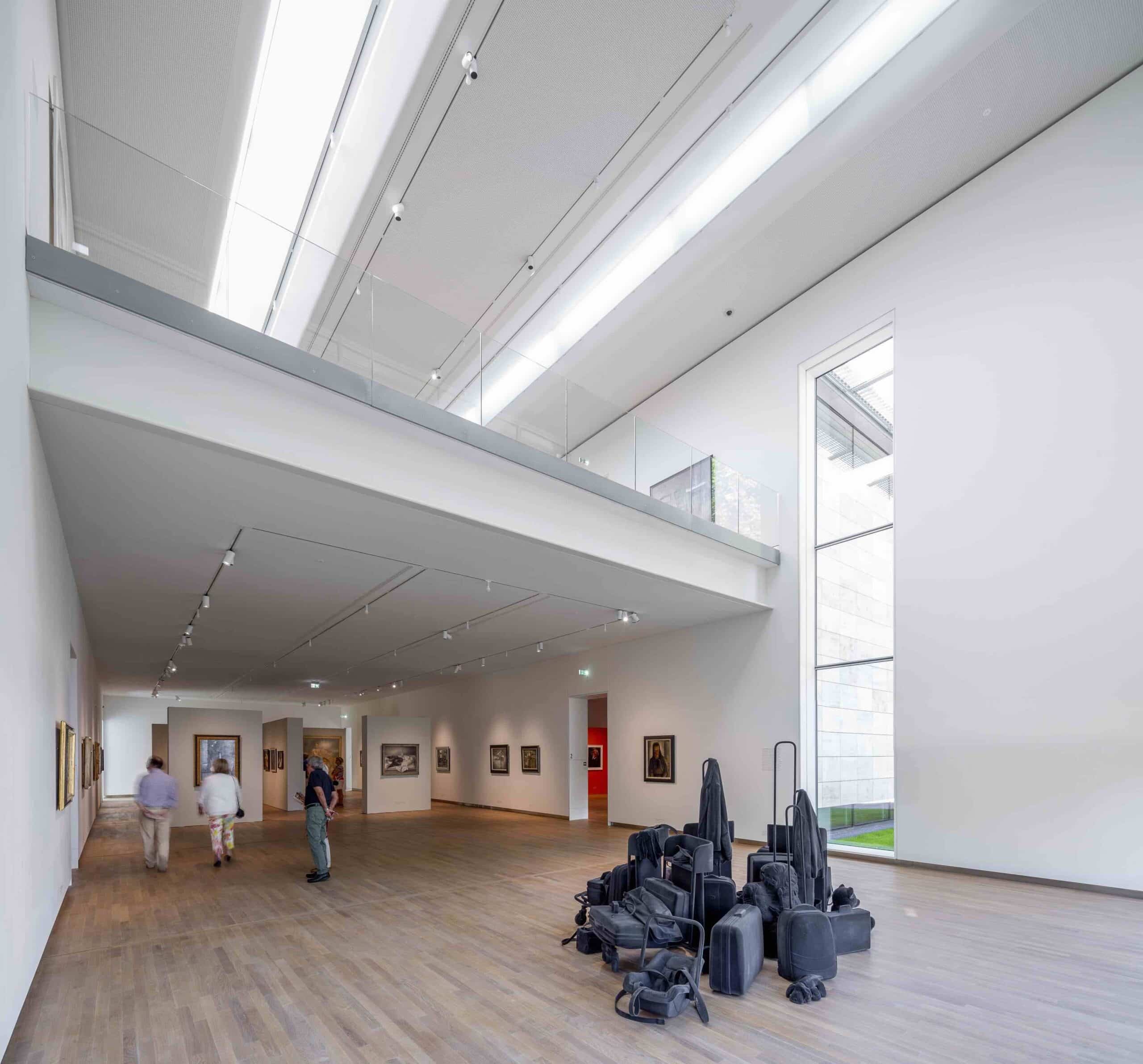 Hall 2 in Museum MORE
Hall 2 in Museum MORE© Imre Csany
The architect, who also oversaw the renovation of the Mauritshuis and the new entrance to the Van Gogh Museum, took the old town hall of Gorssel as a starting point. This early twentieth-century building now houses the museum restaurant. Van Heeswijk set up a large rectangular exhibition complex behind the wide façade, that protruded slightly from the sides, but nowhere above the roof. The use of light natural stone and the presence of big, deciduous trees camouflage the quite spacious construction volume. The rooms are spread over two floors, for temporary exhibitions as well as a permanent presentation of the collection.
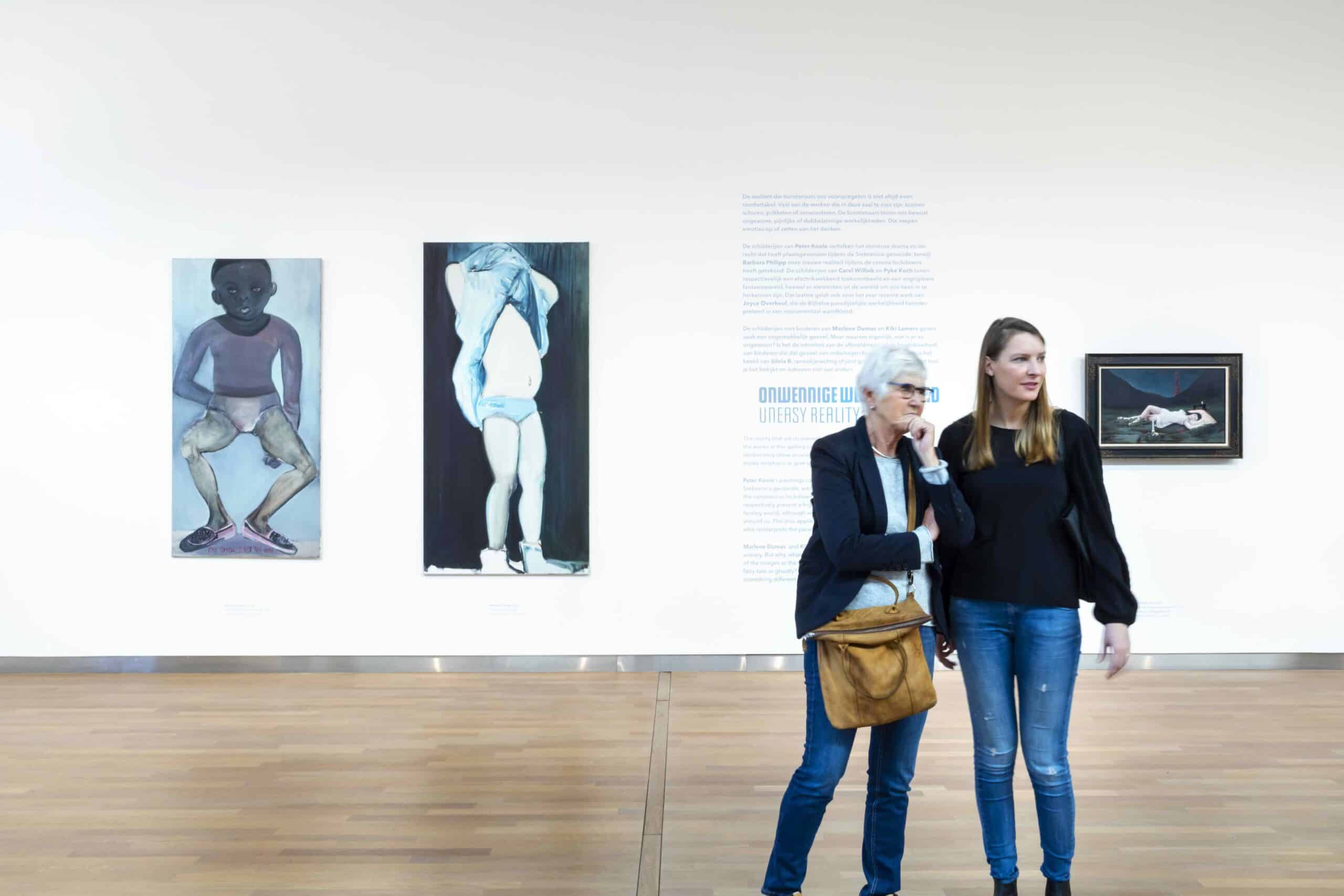
© Eva Broekema
The latter contains work by Pyke Koch, Dick Ket and Wim Schuhmacher, but also by such contemporary artists as Marlene Dumas, Erwin Olaf and Ruud van Empel. Before the DS Art Collection moved to Gorssel, several masterpieces were auctioned off that included works, among others, by Fernando Botero, Duane Hanson, Lucian Freud, and René Magritte. This could be regarded as a major blow but also as an expression of a clear vision. When it was founded, MORE defined its area of focus as ‘Dutch realism from 1900’ and those international names, however prominent, do not fit the bill.
Carel Willink’s complete oeuvre
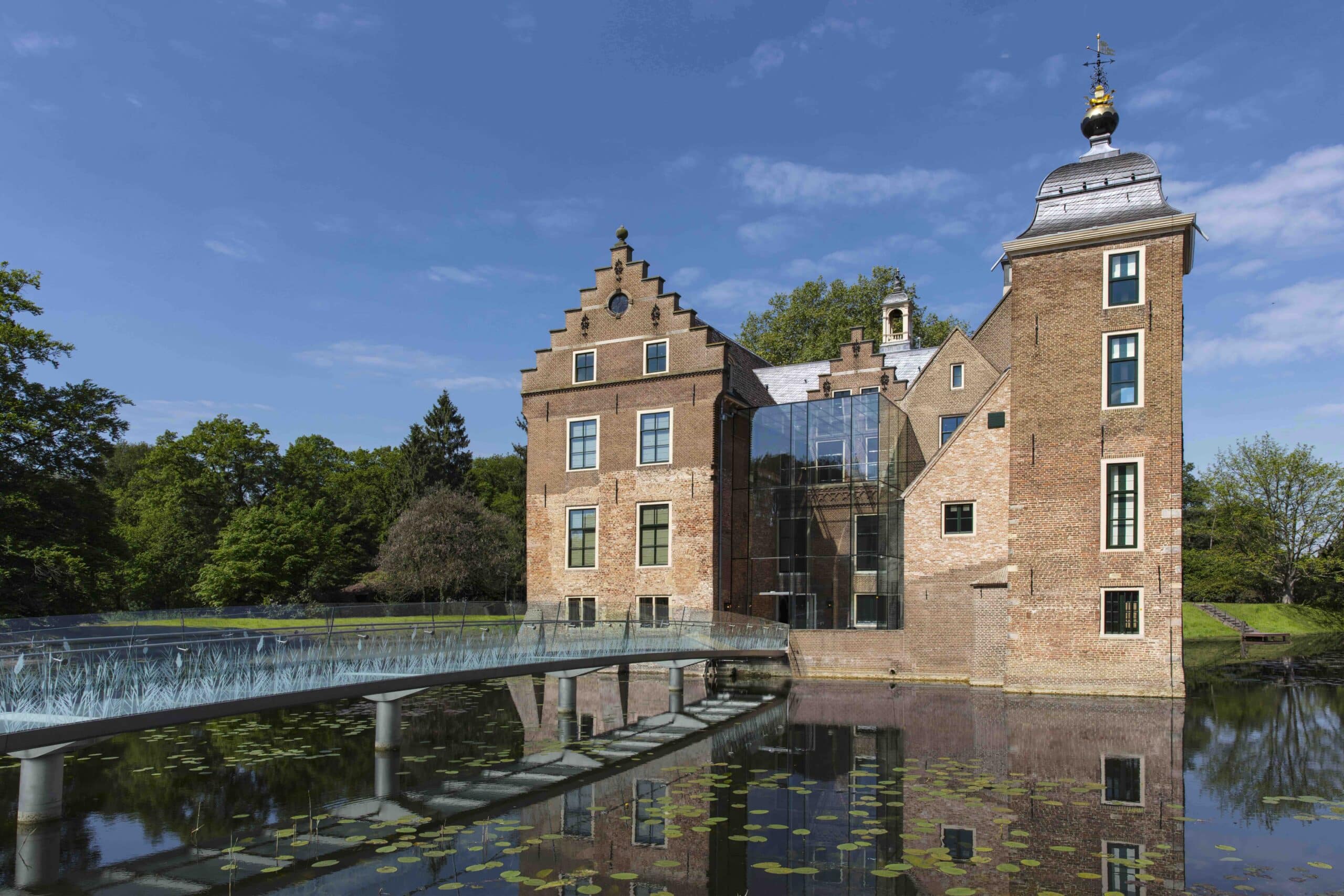 Musum MORE in Ruurlo Castle
Musum MORE in Ruurlo Castle© Mv O
With roughly thirteen hundred works, the museum’s own collection is relatively small. Gaps in the presentation – especially before 1950 – have gradually been filled with purchases and loans. For the latter, MORE has enough ‘currency’, which is mainly located in Ruurlo Castle. Melchers bought this nearby castle as satellite space for the museum, which opened its doors in 2017. It houses the largest collection of works by Carel Willink (1900-1983) in the world. Melchers acquired twenty of them when he took over the DS Art Collection and expanded the collection to fifty paintings and more than a hundred works on paper. Part of this is permanently on display, interspersed over thirteen rooms.
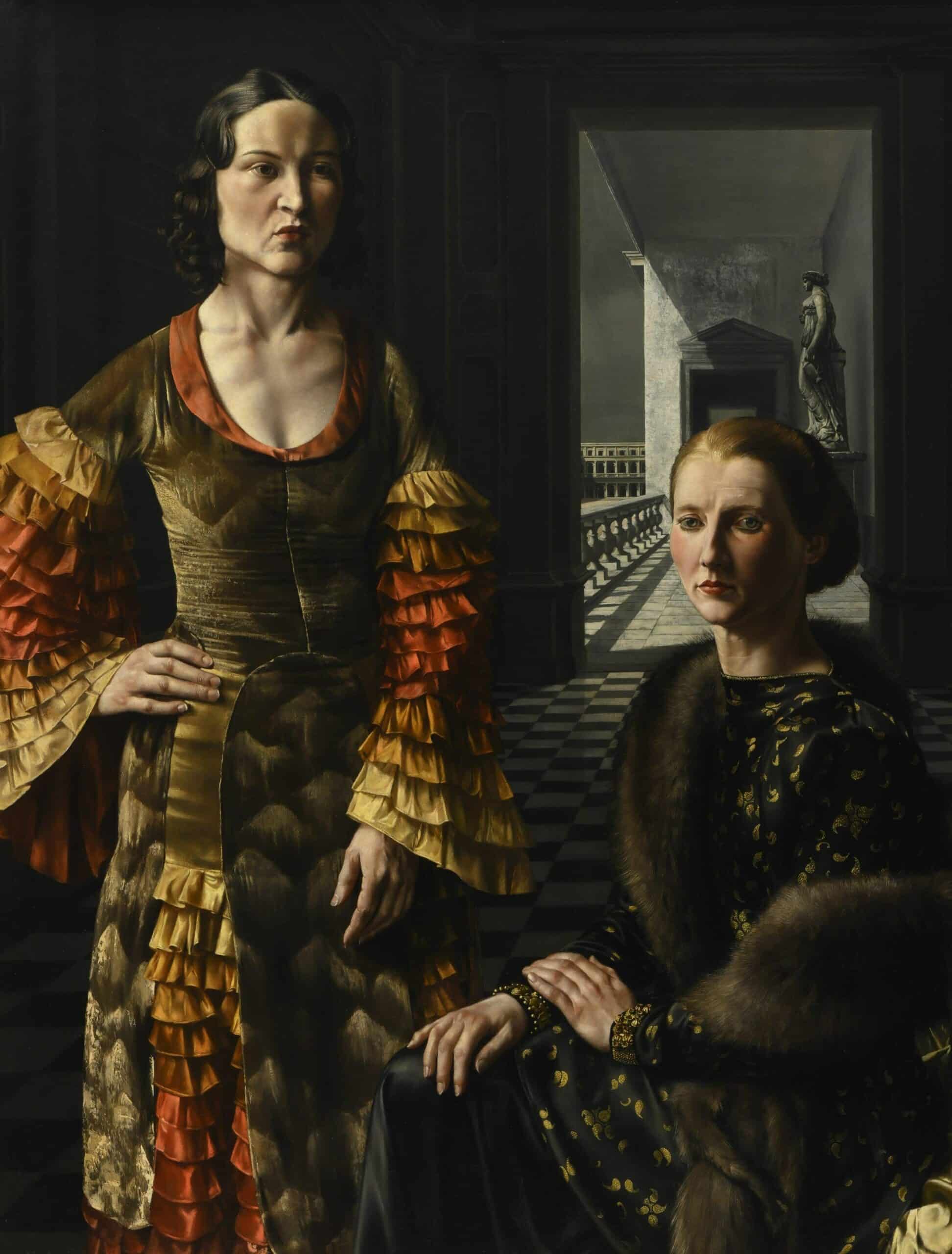 Carel Willink, Double Portrait (Estelle Reed and Wilma Willink), 1937
Carel Willink, Double Portrait (Estelle Reed and Wilma Willink), 1937© Sylvia Willink-Pictoright
Willink’s complete body of work can be viewed here, from an early piece from his youth in 1918 to a painting from the year before he died in 1982. Lovers of magical realism – Willink himself hated that term and preferred ‘imaginary realism’ – can knock themselves out here. There are cityscapes under menacing dark clouds, classicist statues in deserted squares, skulls and other vanitas symbols – all painted with a combination of perfect brushing technique and a pessimistic sense of alienation. And, of course, there are the women from Willink’s life. Especially striking is the painter’s third wife, the flamboyant high society celebrity Mathilde de Doelder. She liked to dress in the fluttering robes of designer Fong Leng, some of which are also presented.
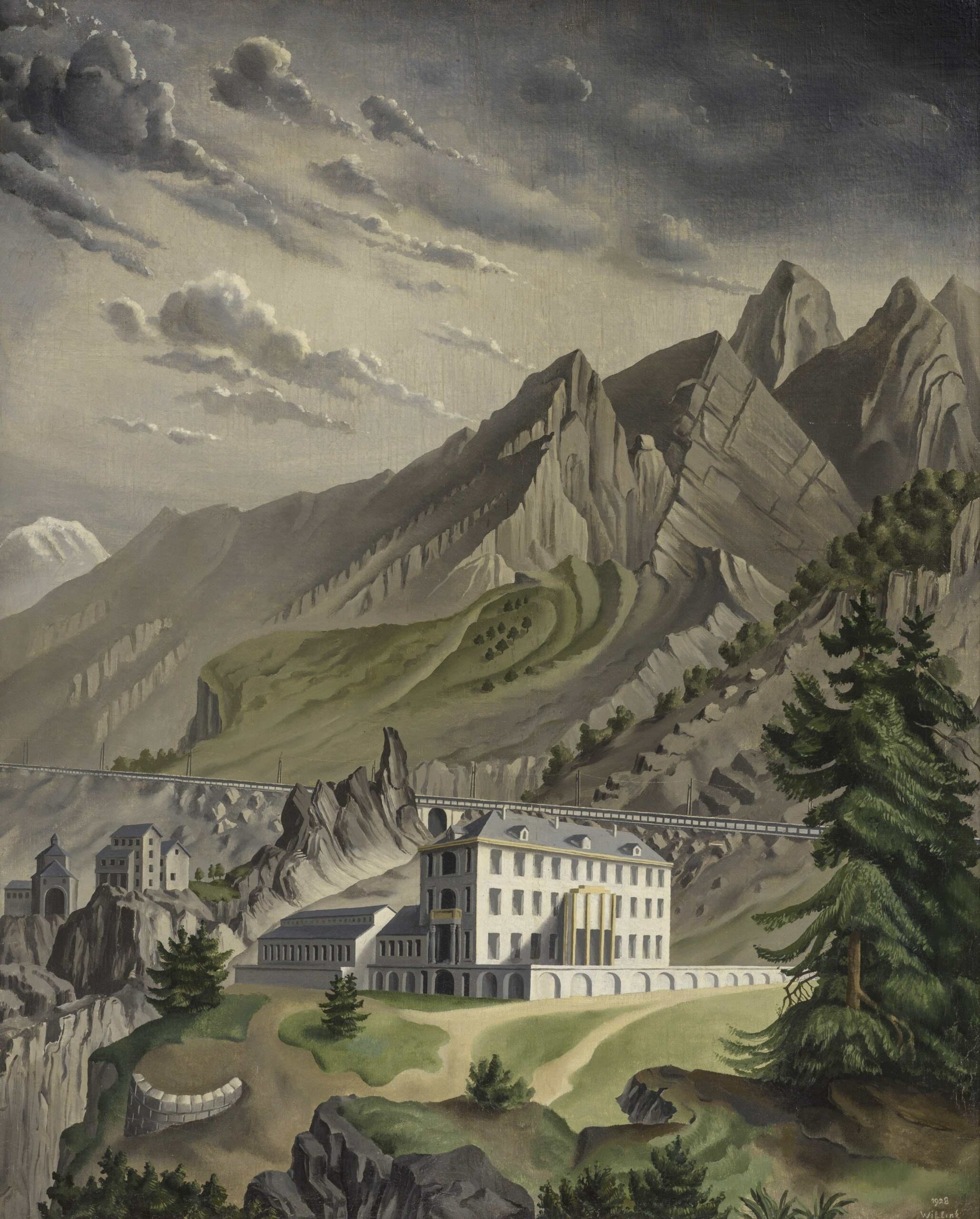 Carel Willink, Landscape in Bormis, 1928
Carel Willink, Landscape in Bormis, 1928© Sylvia Willink-Pictoright
According to Philip Dodd, founder of the World Private Museums Association, Museum MORE fits into a trend. His mantra is: “The twenty-first century is the century of the private museum”. This seems to be the case in the Netherlands, with Museum Voorlinden in Wassenaar as the best-known example. But even though Voorlinden, like MORE, brings art to a location where not much else is on offer, Joop van Caldenborgh’s museum largely fishes in the same pond as the Stedelijk Museum Amsterdam or Kunstmuseum Den Haag. MORE, on the other hand, also adds something new in terms of content. Although it has been around for less than ten years, it can be safely said that it has spurred a rehabilitation of realism.
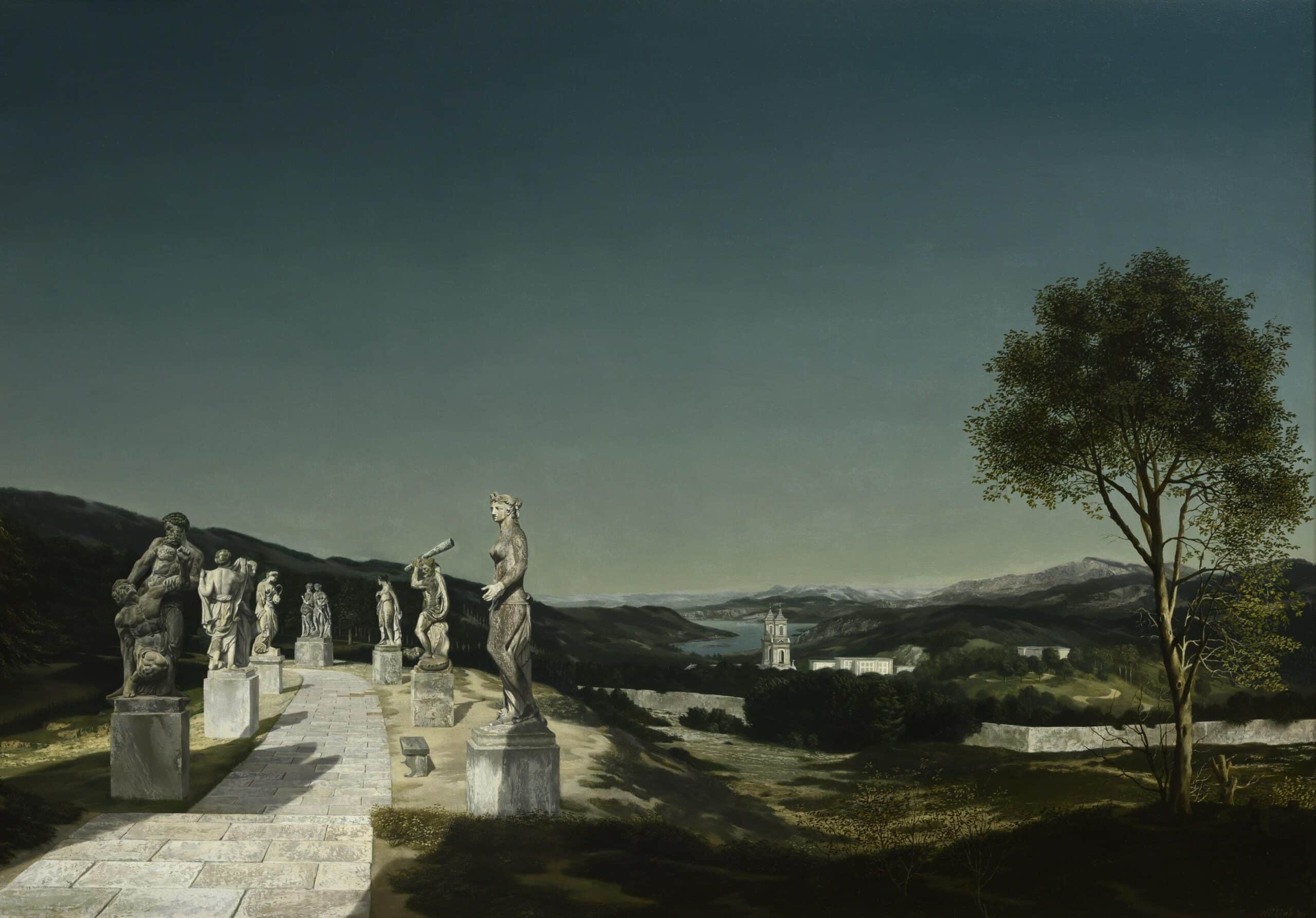 Carel Willink, Landscape with Seven Statues, 1941
Carel Willink, Landscape with Seven Statues, 1941© Sylvia Willink-Pictoright
In the summer of 2021, Koopmans was succeeded by Maite van Dijk, and she is expanding on that ambition. She has an even greater eye for contemporary art as well as wanting to distinguish herself internationally. The exhibition Naïve Realism is a good example. It was built on the Masters of Popular Painting organised by the Museum of Modern Art in New York in 1938. It was also the first Dutch exhibition of naïve realists since 1964. There were masterpieces by Henry Rousseau, John Kane, and the phenomenon Grandma Moses, who only started painting around the age of seventy and produced more than one thousand five hundred canvases in thirty years. But there was also quite a bit to discover from unknown outsider artists or Sunday painters, whose maniacal sense of detail, off-the-wall use of colour palette or distorted perspective might even have resulted in the production of more interesting work.
With exhibitions of this kind, MORE expands the boundaries of the concept of realism. Far beyond the sedate, traditional interpretation it has had for a long time. And at least beyond the obligatory platitudes of ‘well-crafted’ and ‘lifelike’.

